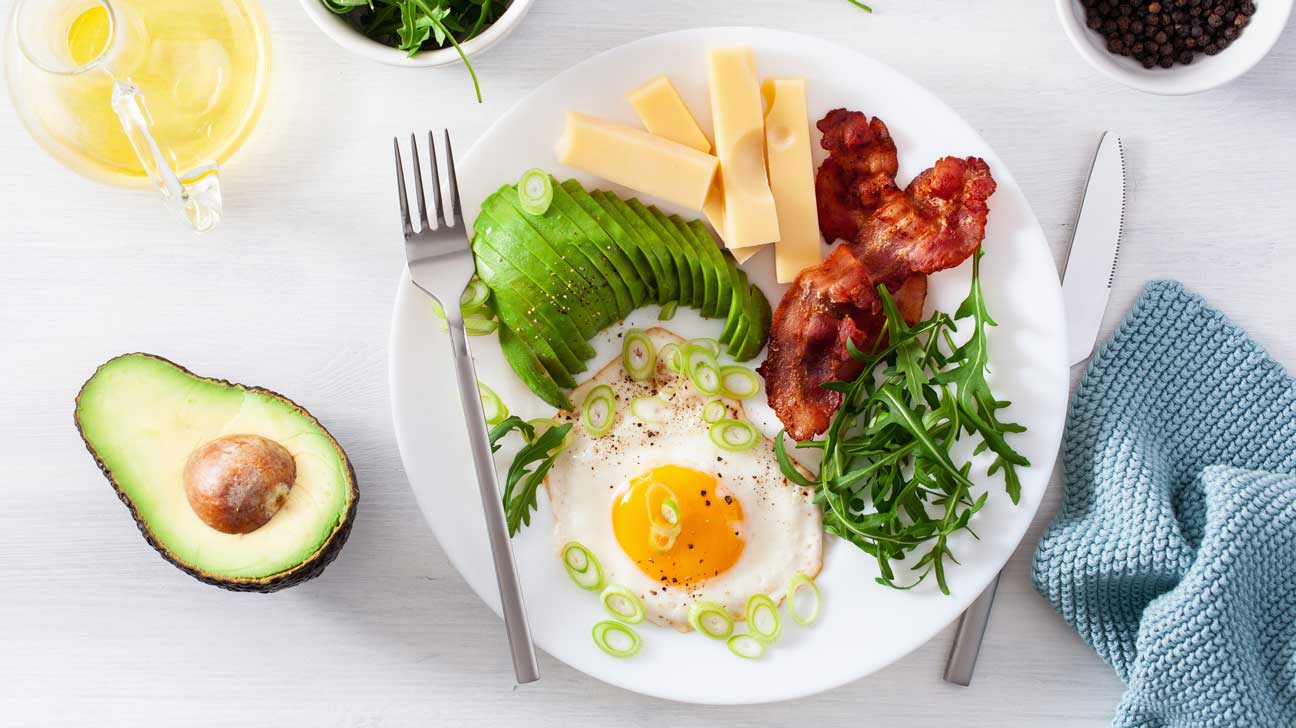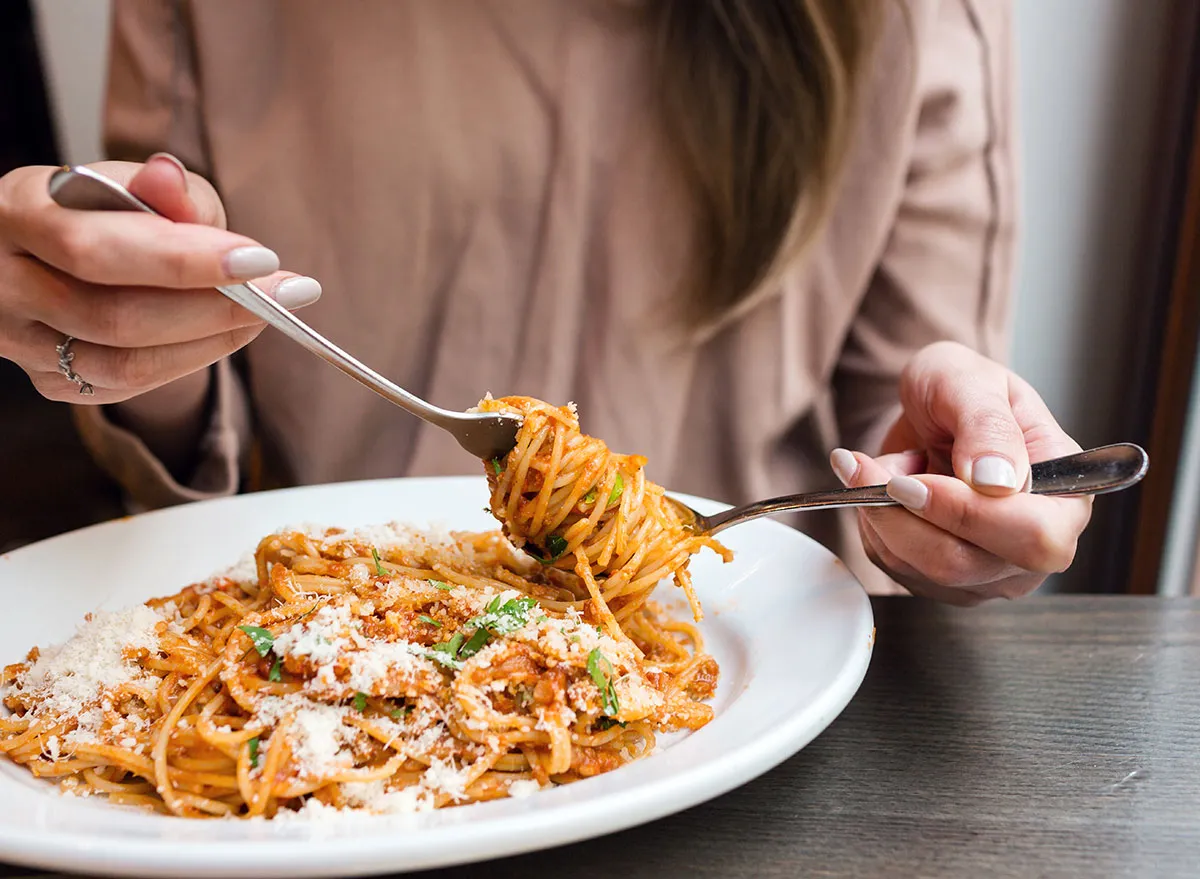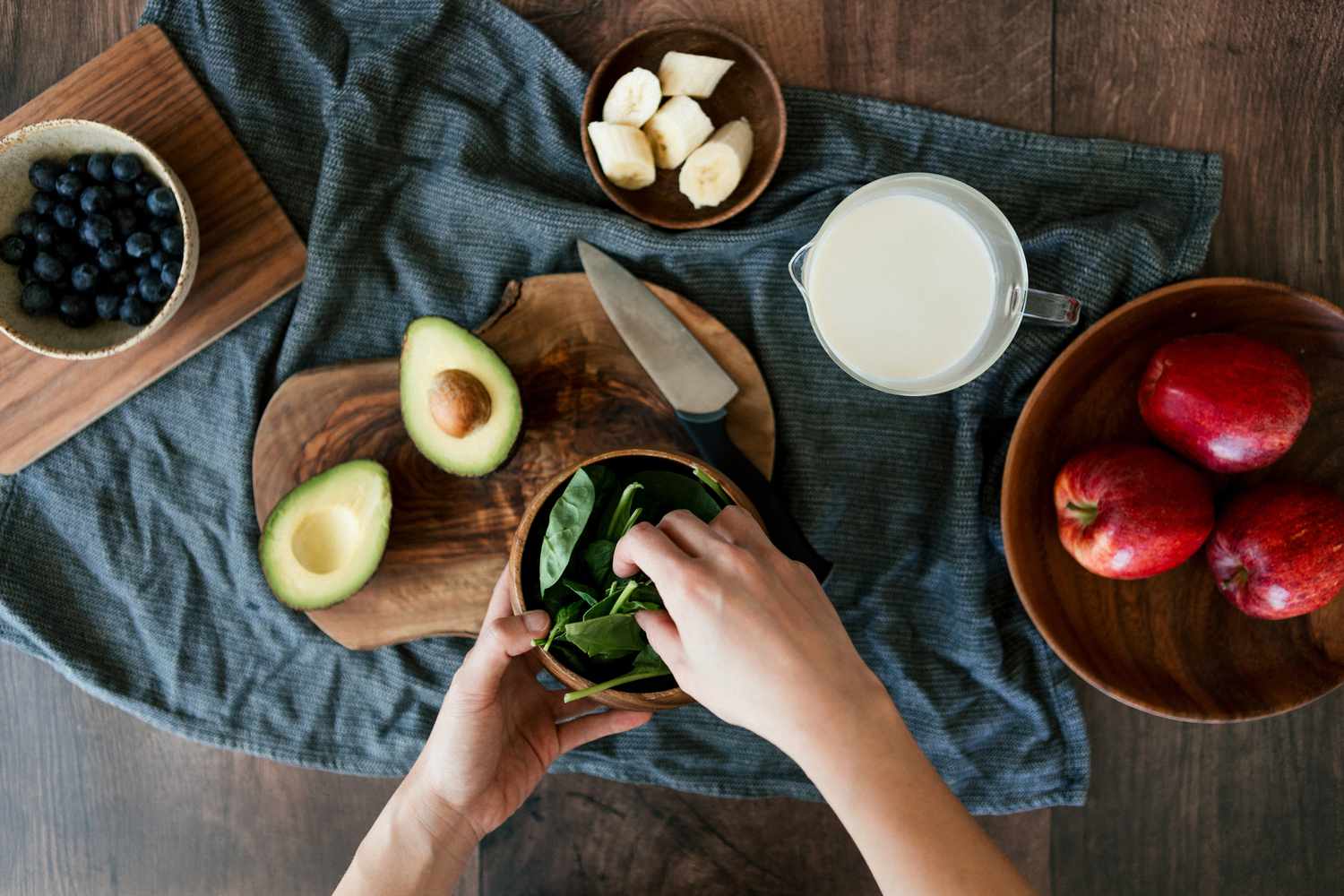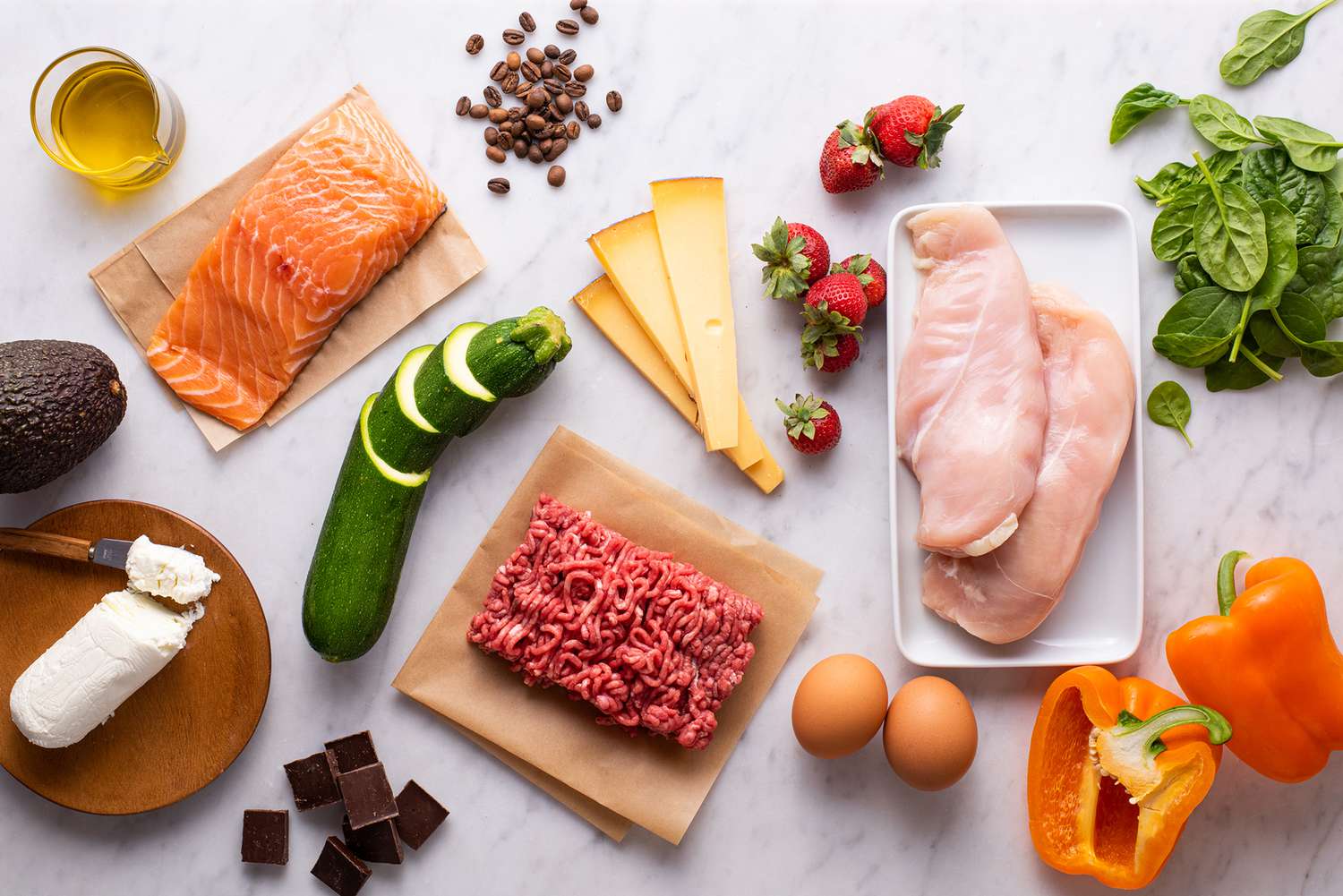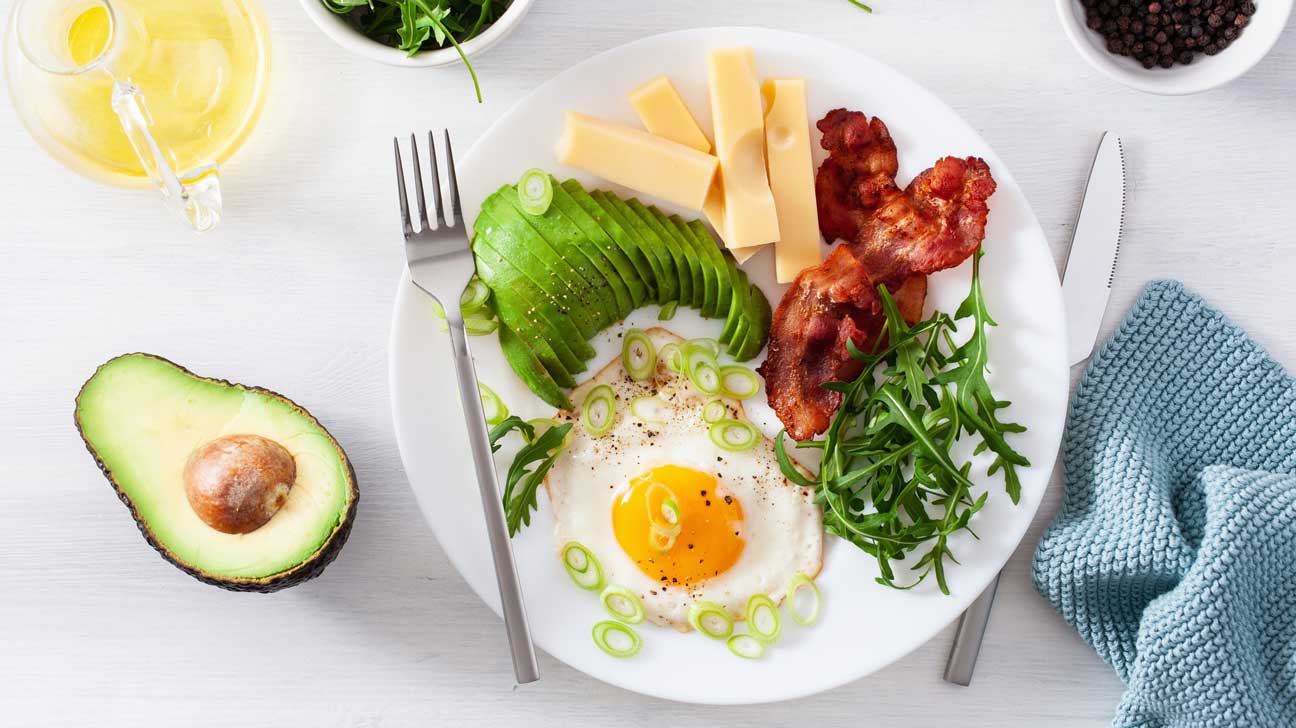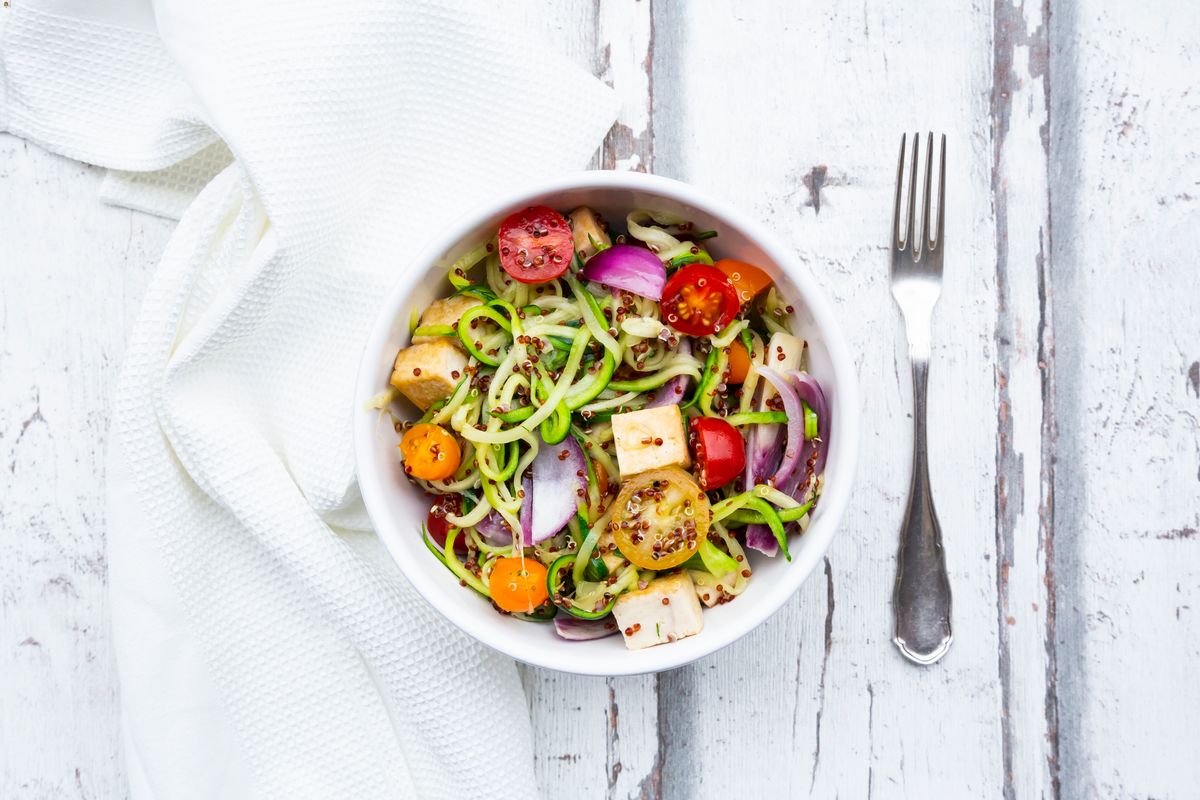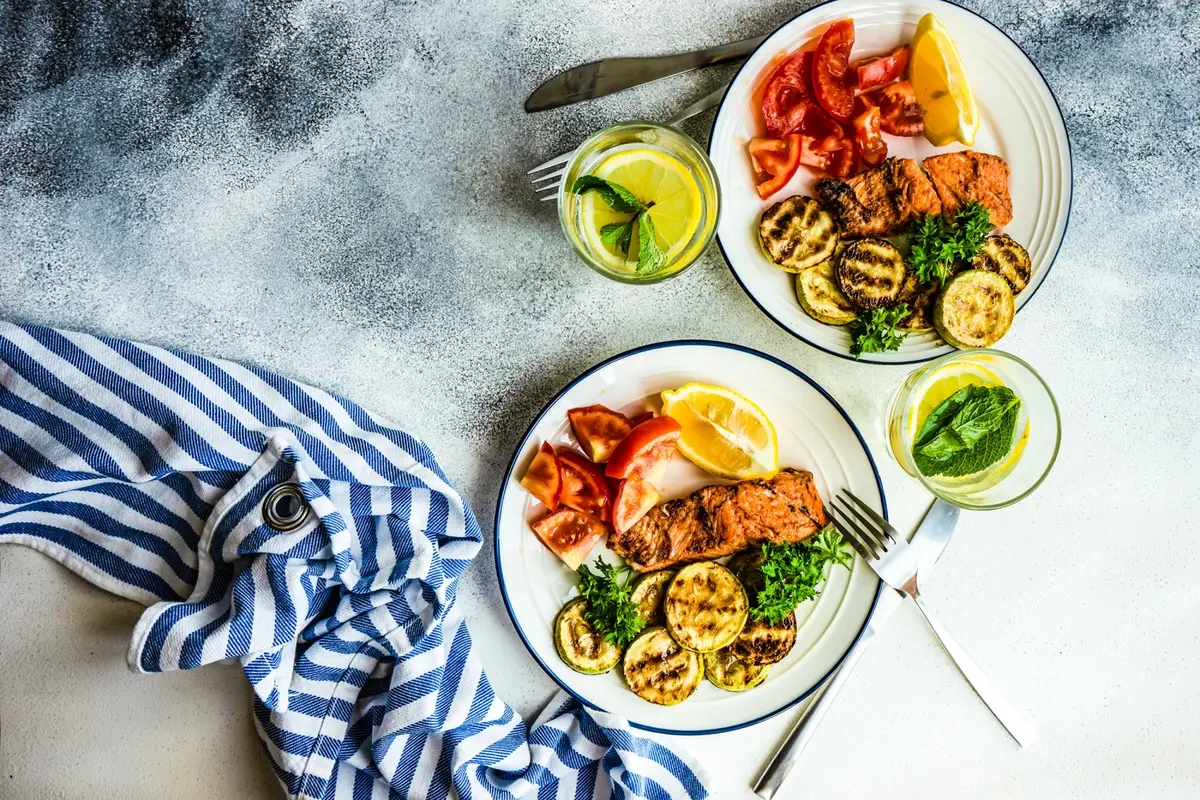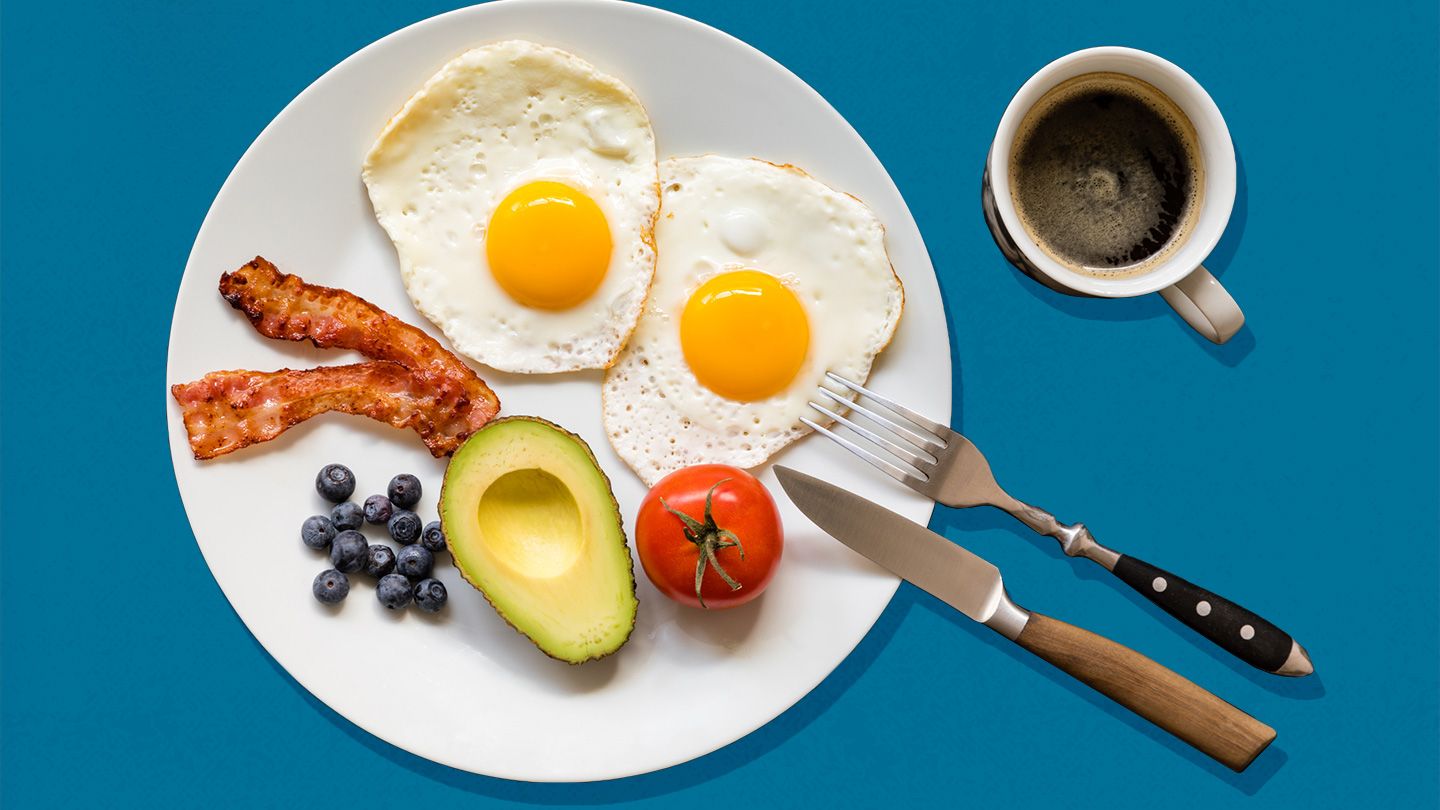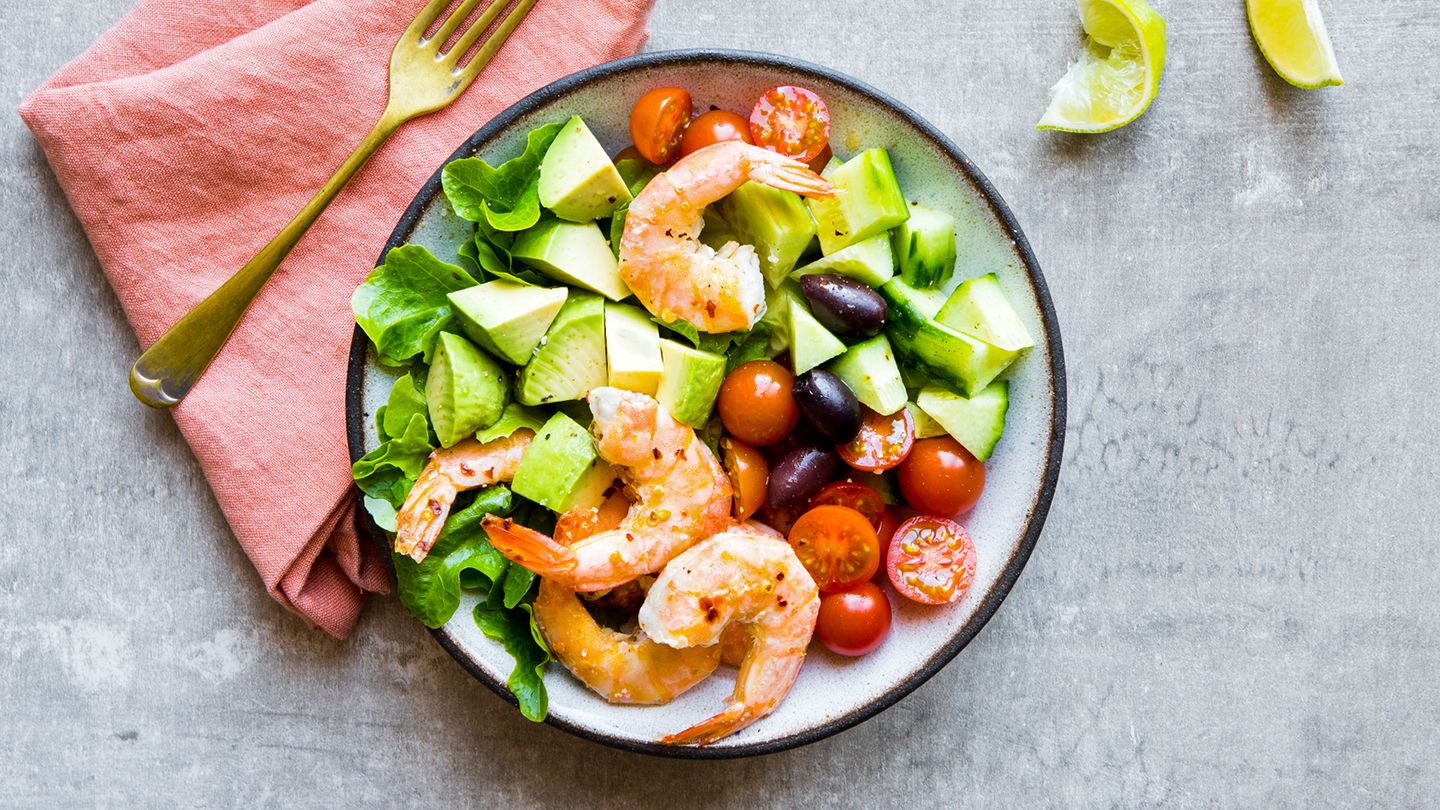How to Enjoy a High-Carb Diet
Many people believe that a high-carb diet is unhealthy, but when done right, it can be a delicious and nutritious way to fuel your body. Carbohydrates are an essential macronutrient that provides energy and supports overall well-being. If you’re looking to incorporate more carbs into your diet, here are some tips on how to do it in a healthy and enjoyable way.
Choose Complex Carbohydrates
When it comes to high-carb foods, not all carbs are created equal. Opt for complex carbohydrates such as whole grains, fruits, and vegetables. These foods are rich in fiber, vitamins, and minerals, and they provide a steady release of energy, keeping you feeling full and satisfied for longer periods.
Balance Your Macronutrients
While increasing your carb intake, it’s important to maintain a balance with other macronutrients. Include protein and healthy fats in your meals to create a well-rounded diet. This balance can help stabilize your blood sugar levels and prevent energy crashes.
Embrace Variety
Don’t limit yourself to just one type of high-carb food. Embrace variety by including a wide range of fruits, vegetables, whole grains, and legumes in your diet. This not only provides a diverse array of nutrients but also keeps your meals interesting and flavorful.
Watch Your Portions
While high-carb foods can be nutritious, it’s essential to be mindful of portion sizes. Overeating any macronutrient can lead to weight gain, so pay attention to your body’s hunger and fullness cues. Portion control is key to enjoying high-carb foods without overdoing it.
Time Your Carbs Wisely
Consider timing your carb intake around your activity levels. Consuming carbohydrates before and after exercise can help fuel your workouts and aid in recovery. Additionally, having a carb-rich meal earlier in the day can provide you with the energy you need to power through your daily activities.
Healthy High-Carb Meal Ideas
Here are some delicious and nutritious meal ideas that incorporate high-carb foods:
- Quinoa salad with mixed vegetables and a lemon vinaigrette
- Whole grain pasta with marinara sauce and roasted vegetables
- Smoothie bowl topped with fresh fruit, nuts, and seeds
- Baked sweet potato stuffed with black beans, avocado, and salsa
- Fruit and yogurt parfait with granola and honey
By following these tips and meal ideas, you can enjoy a high-carb diet that is both satisfying and nourishing. Remember, the key is to focus on whole, nutrient-dense foods and to maintain a balanced approach to your overall nutrition.
With the right choices and mindful eating, a high-carb diet can be a delicious and sustainable way to support your health and well-being.

